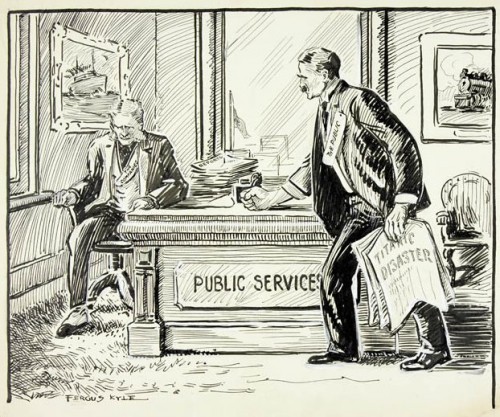For many aspects of models, we have well-accepted rules that define good practice. All physical stocks must have first-order negative feedback on the outflow. Normalize your lookup tables. Thou shalt balance units.
In some areas, the rules haven’t been written down. Subscripts (arrays) are the poor stepchild of dynamic models. They simply didn’t exist when simulation languages emerged, and no one really thinks about them much. They’re treated as a utility, like memory allocation in C, rather than as a key part of the model architecture. I think that needs to change, so this post is attempt to write down some guidance. Consider it a work in progress; I’d be interested in your thoughts.
What’s the Question?
There are really two kinds of questions:
- How much detail do you want in your model? This is just the age-old problem of aggregation, which I won’t rehash in this post.
- How do the subscripts you’re using contribute to a transparent, operational description of the system?
It’s the latter I’m concerned with. In essence: how do you implement a given level of detail so that the array structure makes sense? Continue reading “Towards Principles for Subscripting in Models”

